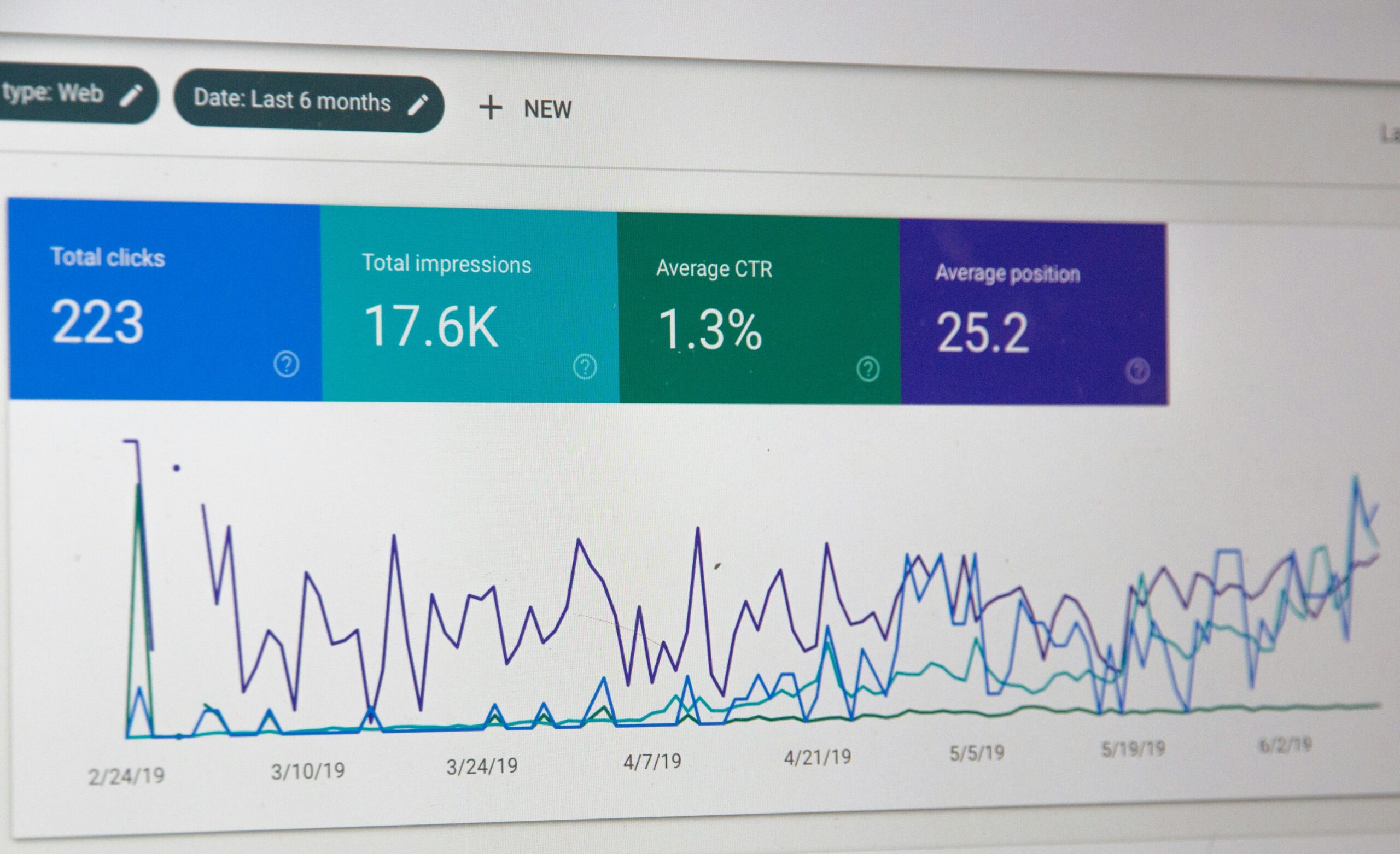Welcome to the world of SEO — where small businesses get to shine in a crowded digital marketplace ✨
Search Engine Optimization (SEO) is your megaphone online. It helps your business become more discoverable, more trusted, and more clickable. Let’s explore the best SEO strategies for small businesses that help you attract more of the right traffic — and convert them into loyal clients.
Understanding SEO Basics
SEO is the art of making your website attractive to both people and search engines. Think of it like creating a beautiful, welcoming storefront online.
📌 The 3 main pillars of SEO:
- On-Page SEO: Optimizing your content and site elements
- Off-Page SEO: Earning credibility with links and shares
- Technical SEO: Making sure your site runs smoothly behind the scenes
Local SEO: Be the Talk of Your Town
If you’re a small business serving a specific area, local SEO is a must.
🛠 Tips to start:
- Claim and optimize your Google Business Profile
- Use location-based keywords (e.g. “web design in Arkansas City, KS”)
- Get listed in local directories (Yelp, Chamber of Commerce, etc.)
- Encourage happy clients to leave reviews!
📚 Also read: Top 10 SEO Basics for Small Business Owners
Keyword Research and Optimization
Keywords are like little breadcrumbs that lead people to your site.
🔍 Try tools like:
Place your keywords in:
- Headings
- Meta descriptions
- URLs
- Blog content (naturally!)
On-Page SEO Best Practices
These are your quick wins 🔧
- Write unique, keyword-rich title tags and meta descriptions
- Use header tags (H1, H2) for structure
- Optimize your images with ALT tags
- Make sure your site is mobile-friendly and loads fast
💡 Not sure if your site’s ready? Book a free website audit and we’ll walk through it together.
Content Creation = Long-Term SEO Gold
Your content should do two things:
- Solve a problem for your reader
- Show Google you’re an expert in your niche
🧡 Formats to try:
- Blog posts
- Video tutorials
- Infographics
- Client case studies
- FAQs
📌 Consistency matters — aim to publish something valuable at least once per month.
Technical SEO: Behind-the-Scenes Brilliance
Think of technical SEO like your website’s plumbing and wiring.
Key things to check:
- Your site is HTTPS secure (SSL)
- You’ve submitted an XML sitemap to Google Search Console
- Your site loads in <3 seconds
- There are no broken links or redirect errors
Off-Page SEO & Link Building
Backlinks = trust.
When other websites link to your content, it tells Google, “Hey, this is legit!”
✅ Get backlinks by:
- Writing guest posts
- Creating share-worthy blog content
- Reaching out to partners or collaborators
- Being active on platforms like LinkedIn and Pinterest
🛠 And yes, social media sharing also counts as off-page signals!
How to Measure SEO Success
Use these tools to track your progress:
Monitor things like:
- Organic traffic
- Bounce rate
- Top-ranking keywords
- Conversion from blog or service pages
SEO FAQs
💬 What are the best SEO tools for small businesses?
Try Google’s SEO Starter Guide, Moz, Ubersuggest, and Rank Math for WordPress.
💬 How often should I update my SEO strategy?
Revisit your SEO quarterly. Google’s algorithm changes frequently — keep up to stay ahead!
💬 Can small businesses really compete with big brands?
Yes! With focused local SEO and great content, you can win over niche audiences and show up first in local search.
Final Thoughts: Small Steps, Big SEO Wins
SEO for small businesses isn’t about doing everything — it’s about doing the right things consistently.
Keep your content fresh, your keywords smart, and your site fast. Over time, these steps compound — and your visibility will grow. You don’t need a huge budget to win at SEO — just a smart strategy and some persistence.
📣 Ready to optimize your website for search and visibility?
👉 Book a Discovery Call — let’s build an SEO plan that brings real results.





